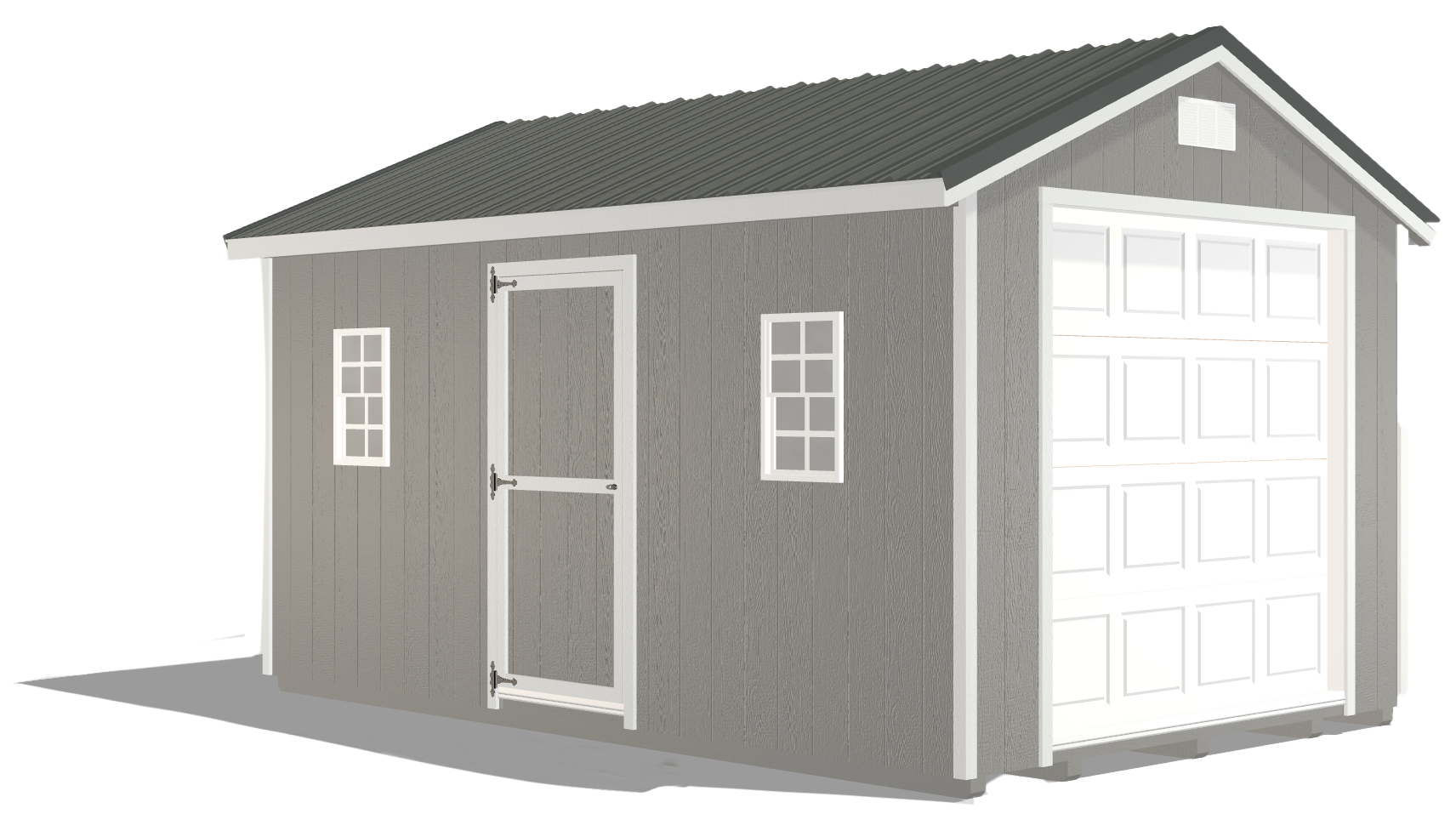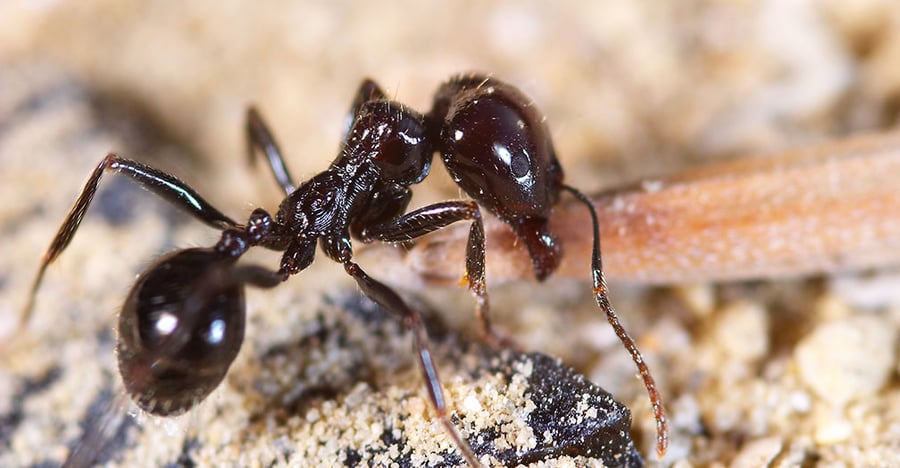Pest Control Recommendations: Pest Management Tips for Your Backyard Shed
by Dakota Storage Buildings, on November 25, 2020
Do pesky spiders, ants, pine beetles, wasps, and rodents like hanging around your shed?
“Hi fly!” the little girl called out to her tiny fly friends.
Her mother corrected her, “They’re not your friends. They’re annoying little pests!”
The little girl looks up at her mother, on the verge of tears, and says, “No, they’re gnat!”
While this is a funny quip, pests are NOT amusing or entertaining. No matter which pests find your backyard favorable, their presence can contribute to the deterioration of your lawn, your shed, and the items stored inside.
As the weather turns colder and the vermin begin their search for warmth and shelter, here are some recommendations that will help you fight off these pests, reclaim the space that's yours, and prevent damage.
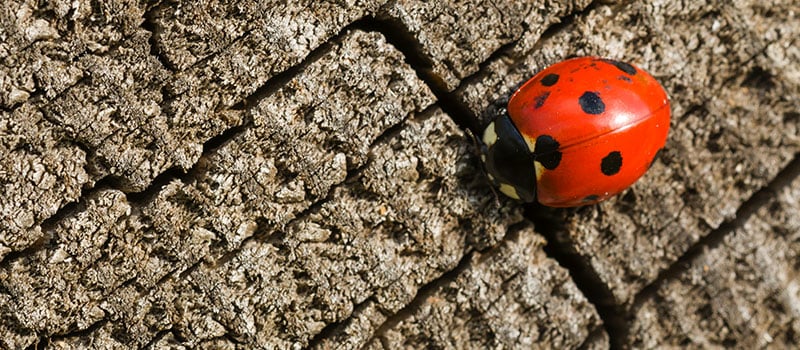
Preventative Maintenance
Before buying pest control spray or mice traps, try making your shed a less appealing home to insects and pests. Preventative measures offer ongoing, long-term protection.
- Eliminate water sources. Check for roof and siding leaks. Also, if you have a hose nearby, make sure there isn’t any leaking plumbing. If water accumulates from these sources, it can become a breeding ground for insects and a hydration supply for rodents.
Sheds with quality roofs, doors, and windows — meaning they're made of quality materials and installed correctly — make all the difference here. Premium materials that are maintained throughout the year will ensure that water isn't leaking into the shed. - Eliminate options for shelter. Improperly storing compost, firewood, newspaper, or cardboard in your backyard or inside your shed will lead to home development for pests such as mice. Piles like these are ideal for hiding and breeding. If these piles get wet, they can also serve as a perfect habitat for countless insect species.
If you choose to store wood or other pest-attracting materials inside your shed, be sure to keep at least one foot off the floor. A built-in loft is ideal for this type of storage. If you're storing firewood, also be sure to cover it with a tarp, leaving the sides exposed for airflow, or purchase a firewood cover designed for effective coverage and appropriate airflow.
Also, keep in mind that pests love to hide in shrubbery and under rocks, but when the weather gets cooler, they’ll migrate inside your shed. By removing plants from the perimeter of your shed, you make it farther and harder for them to get inside.
- Eliminate access to food. Do not store food of any kind in your shed, always throw away food wrappers, and be sure to completely latch trash cans lids. Doing this will help to eliminate accessible food sources.
Also, if you see a spider or a web, don’t remove it immediately. Spiders feed on common pests, such as roaches, earwigs, mosquitoes, and flies. If left alone, they will consume most of the insects in your shed, providing a natural pest control solution. In short: a spider’s food source can be a solution to a minor insect problem. - Eliminate entrances. Close off places where pests can enter. Take a moment to inspect your shed. When you find a visible opening, take time to seal it. You may need to caulk cracks and crevices around windows and doors or use weatherstripping if that’s your preference.
If your shed has untreated wood siding, flooring, doors, or window frames, keep an eye out for rot. Rotting wood that's not removed or properly repaired will attract pests and vermin, including termites, wood borers, and carpenter ants, and provide an easy opening for larger pests to find their way inside. Ideally, your shed would have engineered or treated wood to help prevent this pesky problem.
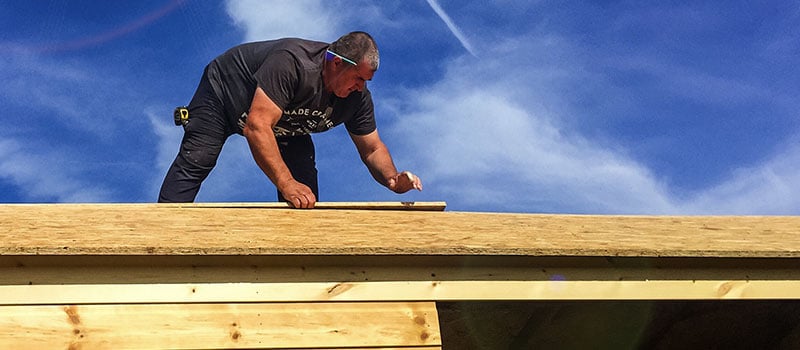
Reactive Solutions
Sometimes pest control takes a little more than sealing a window or removing perimeter vegetation. While preventative maintenance is effective, ridding a shed of pests may require more powerful reactive solutions.
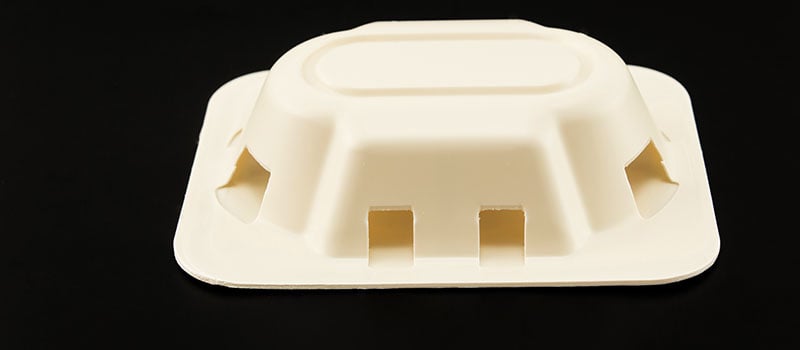
- Choose the right product. Try starting with a natural solution. Fill a spray bottle with 1 part vinegar to 3 parts water and a few drops of mild dish soap, then spray it around the perimeter of your shed and nearby vegetation to kill aphids, caterpillars, stink bugs, and other insects.
If that's not cutting it, it might be time for an upgraded solution. As you choose a chemical-based spray or other option, be sure to read the label entirely to select the right product to solve your specific problem and always follow the instructions and safety warnings. For safety purposes, we recommend buying ready-to-use products that don't require post-purchase mixing.
If you choose to use a chemical spray, remember to store or dispose of the pesticide and its container properly. If you don’t know the proper way, read the instructions on the bottle. Improper storage or disposal may lead to health or safety issues. In addition to reading and following the label directions on the bottle, consider these important tips when using pesticides.
If you're looking for humane options to remove and prevent rodent-specific issues, you may want to consider live trapping or Integrated Pest Management.
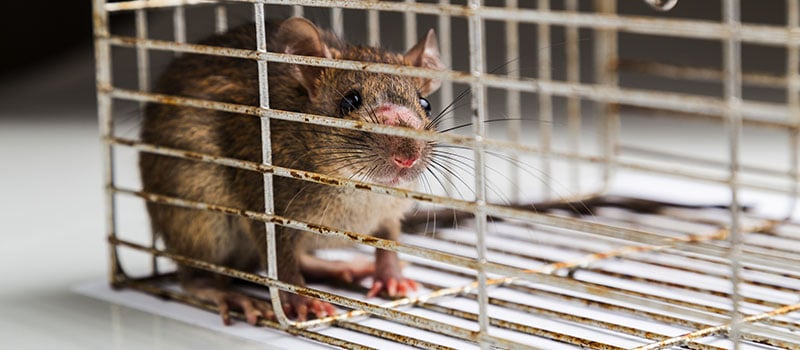
- Hire a pest-control company. If DIY is not your thing, hiring a pest-control company is an alternative option. Research companies and choose the one that can meet your needs within your budget. While hiring a recognizable national company is the easy route, we recommend exploring local businesses as well. Regardless of the company you choose, ask them to identify the source of the problem and inform you of the pesticide solution they’ll be using.
Final Thoughts
Whether you rid your yard and shed of pests yourself or hire a pest control company to do it for you, be sure to conduct regular spot checks to be sure the solution you chose is working effectively.
When sheds show signs of wear and tear like rot and roof leaks, that's when problems like pest issues begin. However, when you start with a high quality shed built with premium components — from insulated windows and quality construction lumber to premium roofing and engineered wood flooring — it's harder for pests to penetrate it. While we can't help you with your pest problems directly, we can help you find a premium shed with high-quality materials built with such durability that it will help deter typical pests. Explore all of our quality shed features.
From expertly designed sheds in our Shed Collection to fully customizable sheds, our mission is to build storage buildings that exceed our customer's needs. Explore our online configurator to create your own custom pest-resistant shed.


















